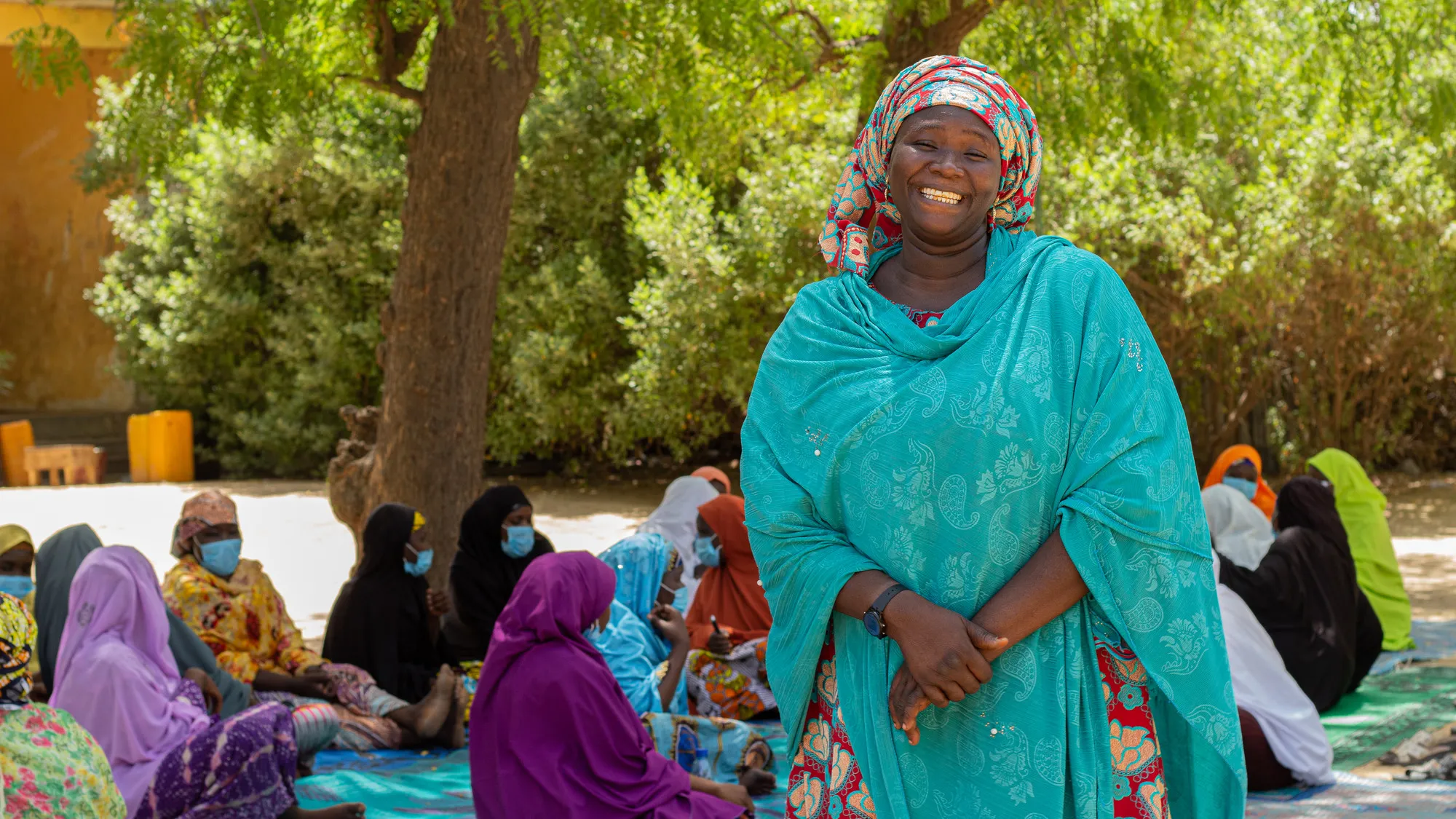To name just a few examples:
- 274 million people need humanitarian assistance in 2022.
- 181 million people are experiencing a food crisis.
- 2.3 billion people were food insecure in 2021.
Dashboards and reports and new data come out every day highlighting the scale of the very real challenges the world is facing today.
Behind every single one of those numbers is a human—millions of humans—living a life and trying to deal with the challenges they are facing. They are more than a line in a spreadsheet that matches to a global indicator. They are more than an input for an algorithm that will predict what happens next. They are a person—complete and valuable, separate from any aggregation. They matter beyond the insight that mining their data can provide.




